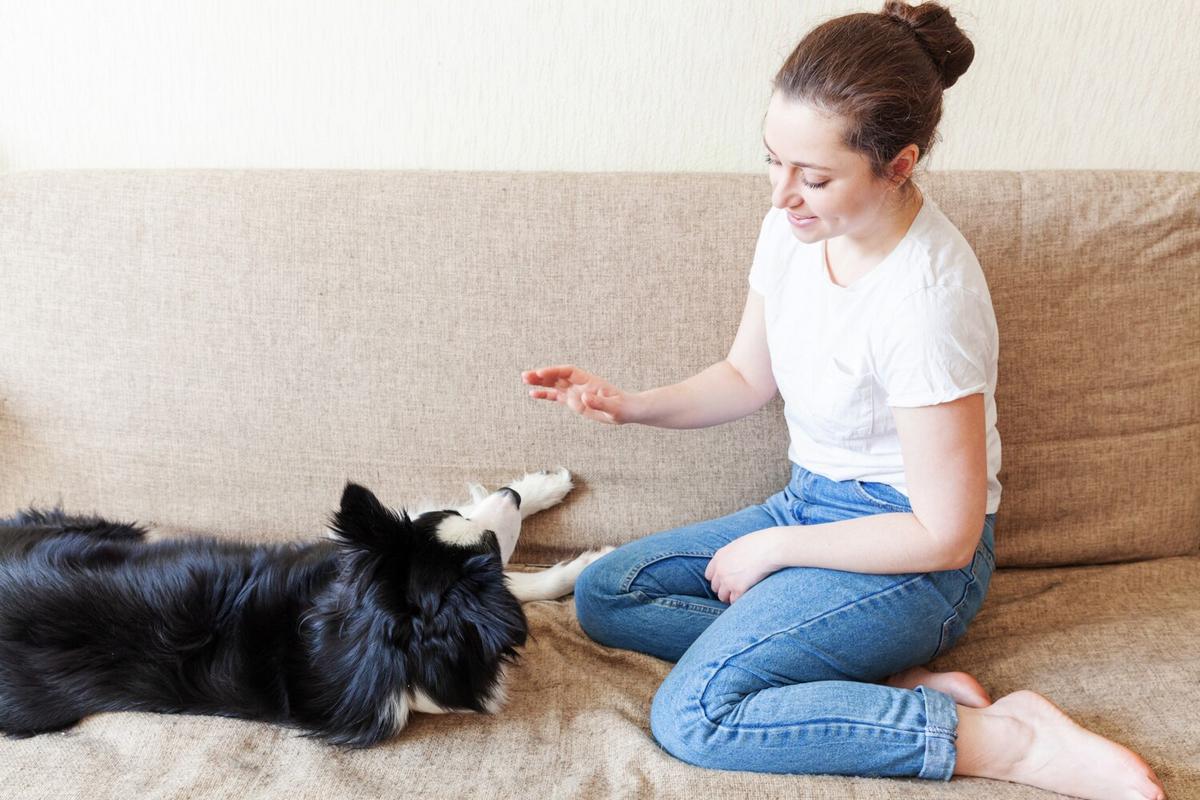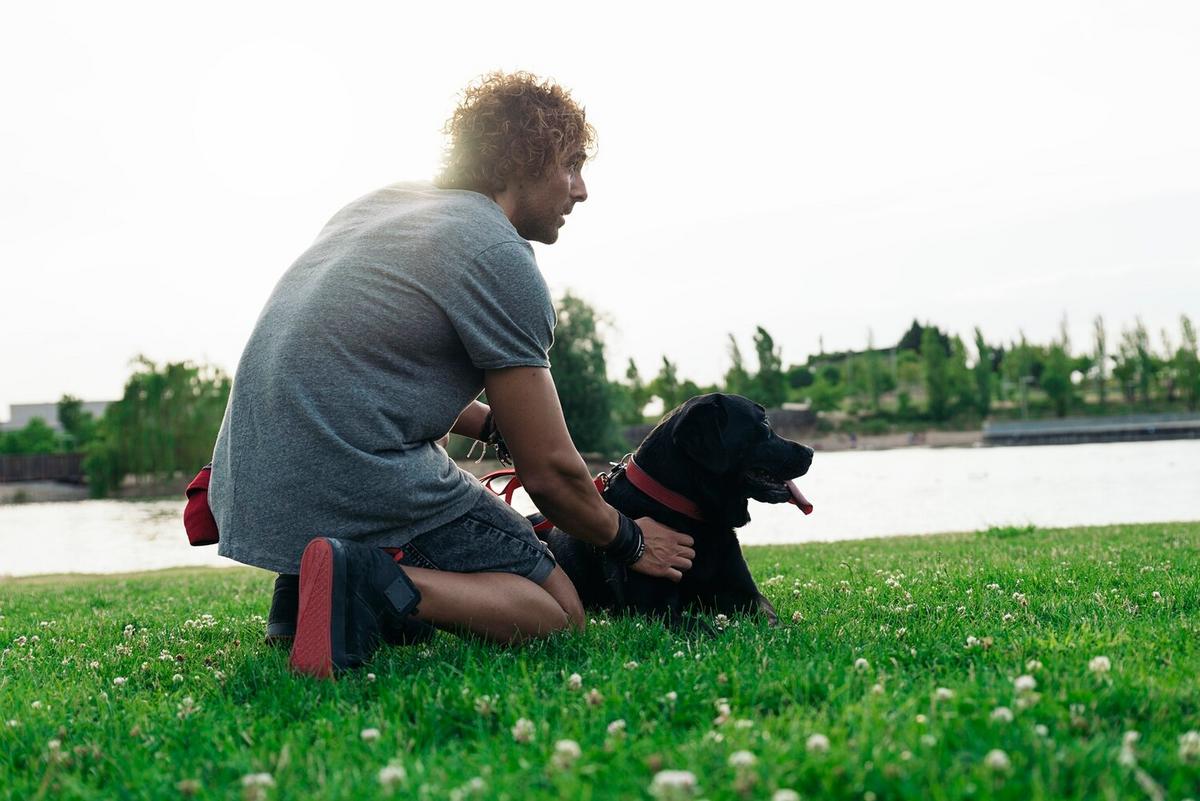Clicker training has swiftly become a popular method for pet owners and trainers alike, promising an effective and humane way to communicate with our furry companions. From dogs to cats and even birds, this training technique taps into the psychology of learning, making it a fascinating topic for those eager to understand and improve their pet’s behavior.
Clicker training is grounded in the principles of operant conditioning, a concept popularized by psychologist B.F. Skinner. This method uses a device called a clicker to mark desired behaviors, followed by a reward. The clicker, a small handheld device that makes a distinct clicking sound, acts as a bridge between the action and the reward.
How Clicker Training Works
The process begins with ‘charging’ the clicker. This involves associating the sound of the click with a reward, typically a treat. Over time, the pet learns that a click means something good is coming. Once this association is established, the clicker can be used to mark exactly when the pet performs the desired action, making it easier for them to understand what earns them the reward.
Expert Insights
Dr. Karen Pryor, a renowned expert in animal behavior, states, “Clicker training is not only a powerful tool for teaching new behaviors but also an excellent way to improve communication between humans and animals.” Her insights underscore the method’s effectiveness in creating a mutual understanding.
Research Findings
A study published in the Journal of Veterinary Behavior demonstrated that dogs trained with clickers learned tasks faster and showed a greater retention of skills compared to those trained with traditional methods. This suggests that the clear and immediate feedback from the clicker accelerates the learning process.
Personal Anecdotes
Consider the story of Mark, who adopted a rescue dog named Max. Initially, Max was anxious and unresponsive to commands. However, after just a few weeks of clicker training, Mark noticed significant improvements. Max not only learned basic commands but also developed a stronger bond with Mark.
Tips for Successful Clicker Training
- Start with simple commands and gradually increase complexity as your pet becomes more confident.
- Keep training sessions short and fun to maintain your pet’s interest.
- Be consistent with your clicks and rewards to reinforce learning.
Comparison: Clicker Training vs. Traditional Methods
| Aspect | Clicker Training | Traditional Methods |
|---|---|---|
| Feedback | Immediate and clear | Often delayed |
| Learning Speed | Faster | Slower |
| Animal Stress | Reduced | Potentially higher |
| Bond Strengthening | Enhanced | Varies |
Frequently Asked Questions
Is clicker training suitable for all pets?
Yes, clicker training can be adapted for various animals, including dogs, cats, birds, and even small mammals.
How long does it take to see results?
Results can vary, but many pet owners notice improvements within a few weeks of consistent training.
Do I always need to use the clicker?
Initially, yes, but once a behavior is well-established, the clicker can be phased out.
In conclusion, clicker training offers a scientific and effective approach to pet training. By understanding the principles behind it and applying the techniques consistently, pet owners can foster better communication and stronger bonds with their pets. Whether you’re new to pet training or looking to enhance your current methods, clicker training is a valuable tool worth exploring.




Leave a Reply